Atención San Miguel
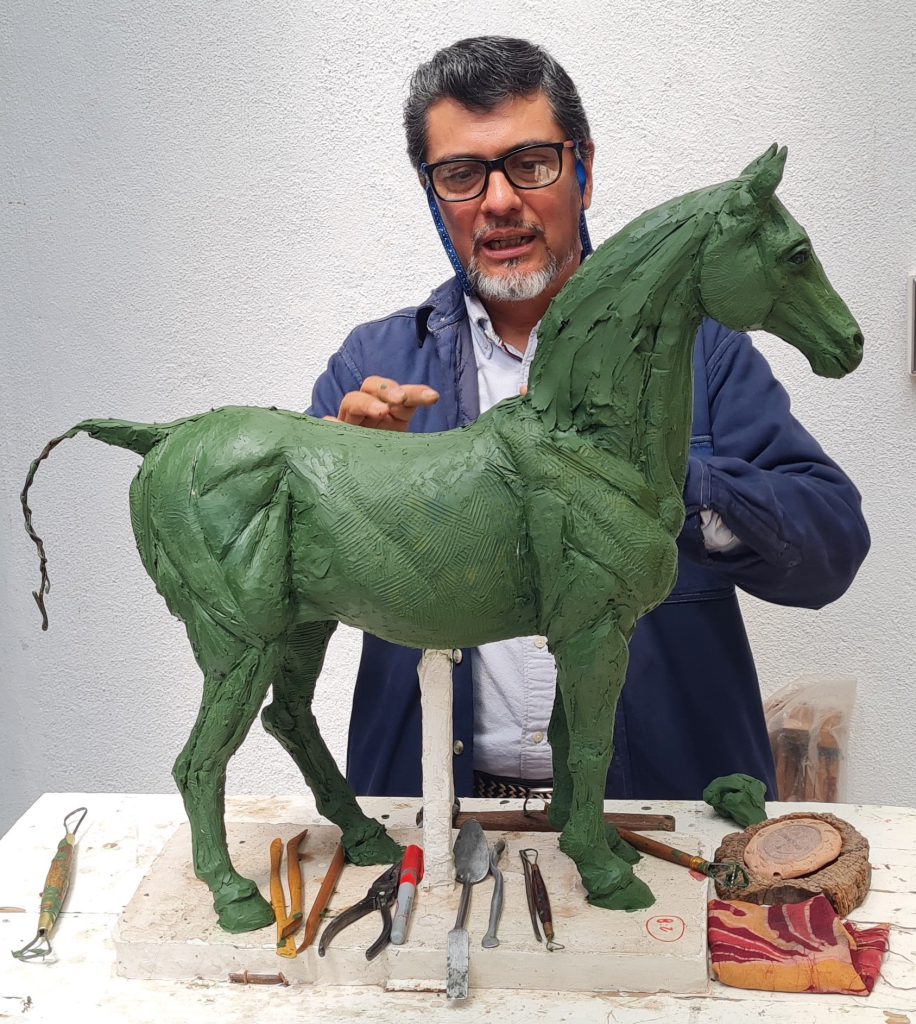
A visit to Sergio Peraza’s studio is as impressive as learning about his accomplishment in sculpting. He was born into the craft, because his father, Humberto Peraza Ojeda, was a recognized sculptor, and Sergio began going to his studio from a young age. His father encouraged him, but insisted on great discipline if he was to participate. Sergio became one of several apprentices, and says his father taught him the art both as father and as master. He remained under his father’s tutelage until the age of 18, when he went to the National School of Plastic Arts at UNAM. After graduation he decided to work on his own and live “as an artist.” He met Raul Anguiano, a noted Mexican painter who continued the traditions of Diego Rivera, Jose Orozco, and David Siqueiros. Anguiano became his master, and Sergio worked with him on several murals. He also learned much from the painter, including his famous phrase about what is needed in art: “presence, patience, and prudence.” Anguiano often chided Sergio for not having enough patience; something that Sergio eventually developed over the years.
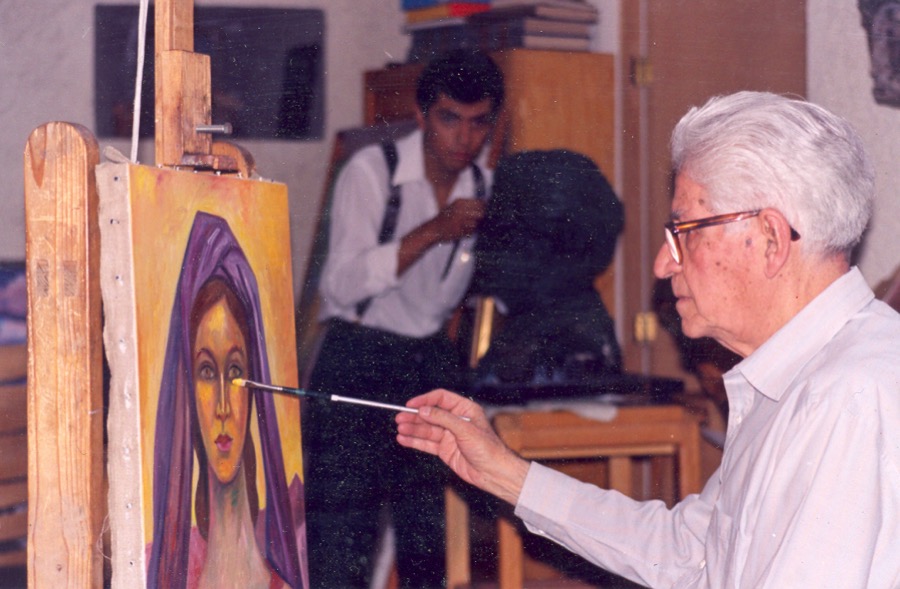
Patience is the essential ingredient in sculpture, and never better expressed as in Sergio’s 2014 major work in Ciudad del Carmen—the Stella Maris, image of the patron saint—Virgen del Carmen. The monumental sculpture stands 27.5 meters above sea level, weighs 80 tons, and took enough time to perfect to forever eliminate any doubt about Sergio’s patience. There was nothing casual about its construction; every element—from the initial model, eventually cast in bronze, up to the statue’s specific orientation—was taken into account. It is not only a sculptural master work, but an engineering and technical phenomenon.
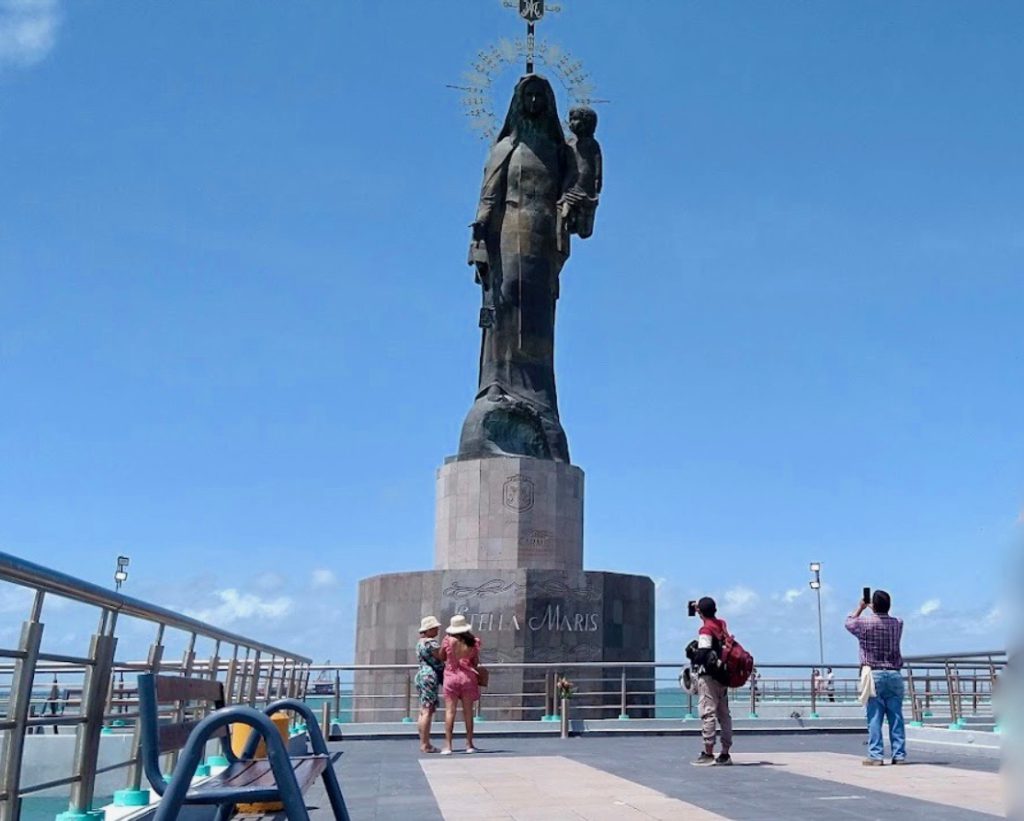
Before creating the Stella Maris, Sergio had been working on commissions, creating busts for important business people, and politicians. He also created busts of notable, and historical people that he admired. Sergio is a voracious reader, a collector of books, and his love for some of the greats from literature spills over to his sculptures. A bust of Italo Calvino, one of his heroes, stands in his studio awaiting a patron who will provide funds to cast it in bronze. Sergio made the sculpture from photographs of the author; a most difficult task requiring the ability to turn a two-dimensional image into three dimensions. He presented it at the Feria Internacional del Libro del Palacio de Minería de FILPM —one of the biggest Book Fairs in Mexico City—hoping to find a patron who would fund the casting of it in bronze. That did not happen—yet. Subsequently, Sergio was commissioned to make busts for other writers in the following years of the Book Fair. In 2009 Sergio was invited to show one of his works in Paris, at the Louvre. This major opportunity opened him up internationally.
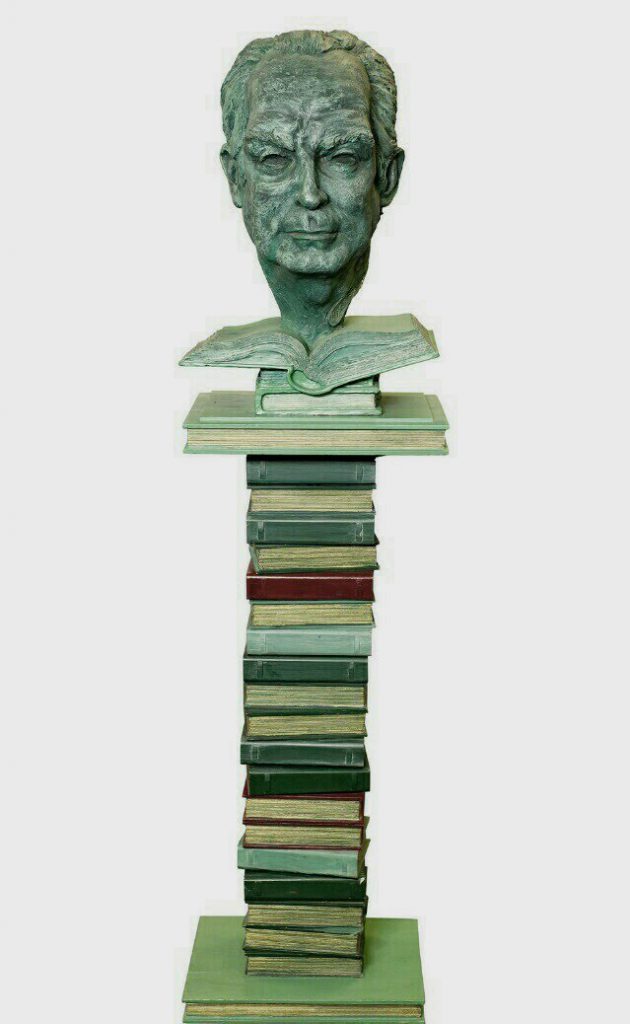
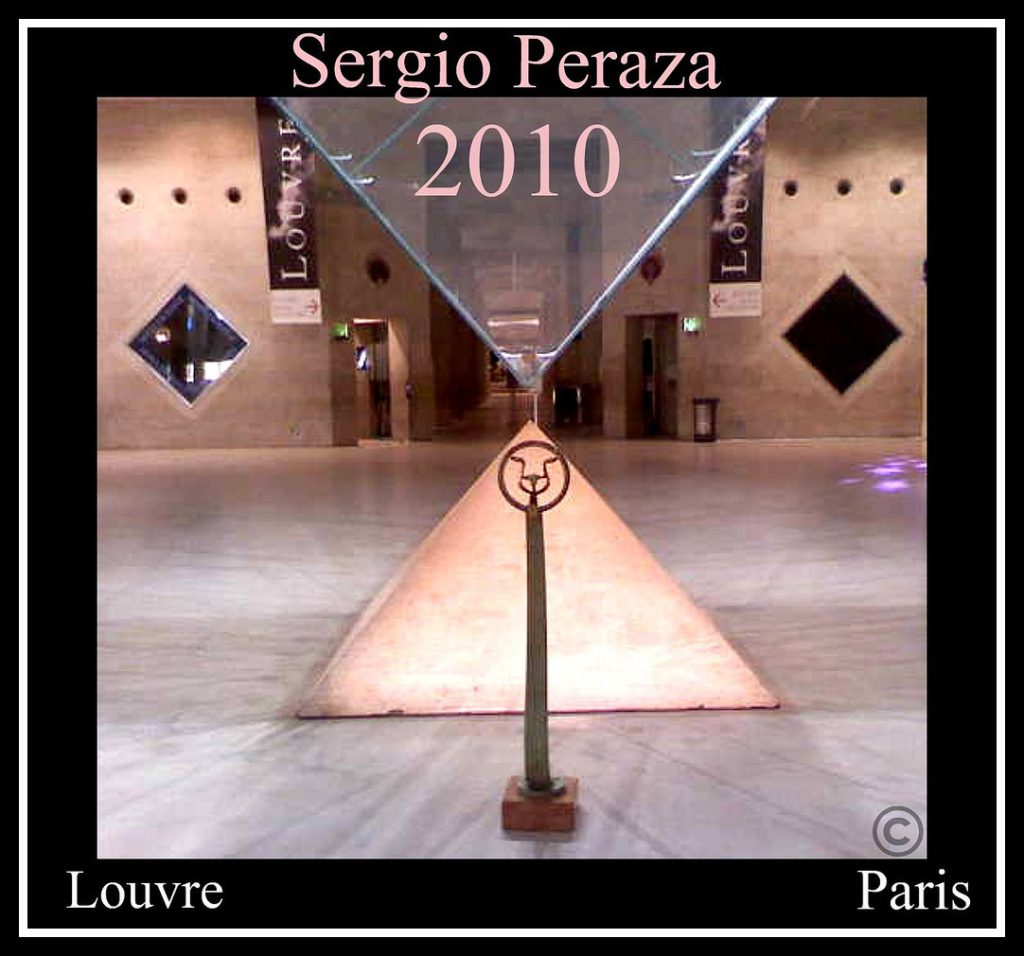
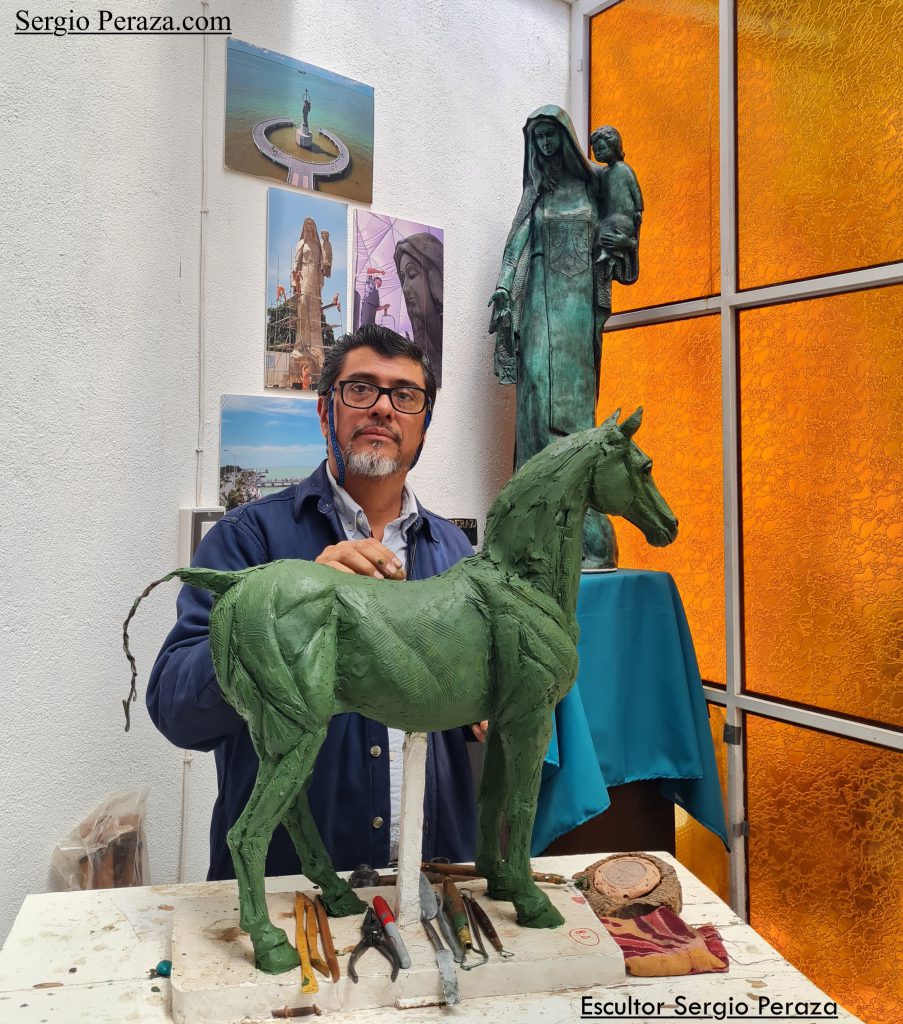
Now, living in Atotonilco, with his wife Vanessa Dominguez, Sergio dreams of expanding his studio to make it a working and teaching space to pass on his knowledge to students. He continues producing works of his own, some of which I witnessed during my visit. He has done many sculptures of horses and bulls, both powerful and iconic animals, and explained his passion about making them anatomically correct. He studied the anatomy of animals, including participating in dissections in veterinary school to learn the exact musculature. But the perfectly crafted anatomy in his works is only the beginning. Making an anatomically “perfect” horse, for example, is the base. After that, he starts “de-perfecting” it, until it becomes a unique sculpture, not simply a representational image. This was exactly the work that I was able to see him working on; a statue of a horse over a metal base, sculpted with modeling clay. Sergio showed me a photography book with different horse breeds, including the one he was sculpting. He added clay in small bits, filling in spots, then used a tool to smooth it out. He will continue to do this until the figure becomes the quintessence of a horse, to then recreate it according to his imagination.
Another unique work of Sergio is a sculpture of Sylvia Earle, American oceanographer and activist against overfishing and sea pollution. In 2016, he crafted her bust in bronze, which was then placed underwater in Cozumel. It will remain there to eventually become part of nature and the sea. Earle herself came to unveil the underwater sculpture during the opening ceremony.
To see additional works of Sergio Peraza, and to contact him, visit his website: www.sergioperaza.com
Natalie Taylor: BA in English Lit and Journalism, Loyola University, Chicago, 1995. MFA in Creative Writing, Vermont College, Montpelier, VT, 1999. Published writer, editor, journalist. Spanish teacher in the US, English teacher in Buenos Aires, Argentina.

No comments yet.